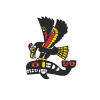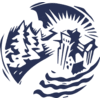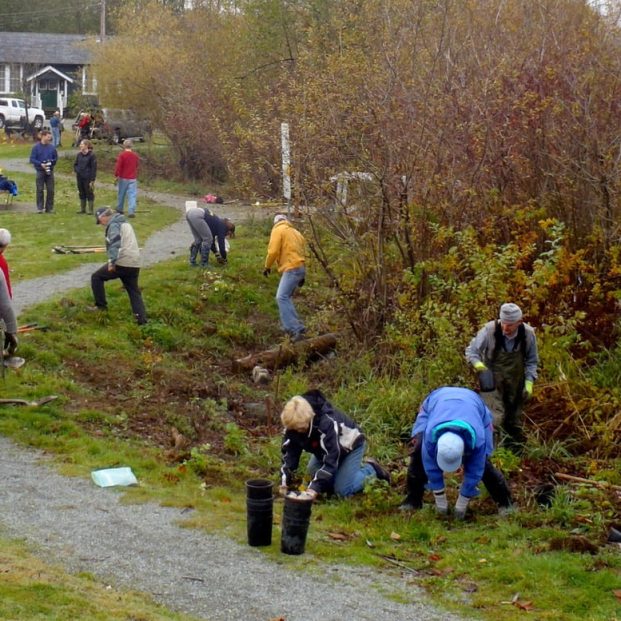
We want to protect and restore fully functioning streamside, lakefront, wetland, and estuary habitats.
Progress Indicators:
Interim, updated 2023:
- Area estimates of protected riparian habitats along Cowichan River, Cowichan Lake, Koksilah River, and their major tributaries would be available.
- Area estimates of successfully restored riparian areas along Cowichan River, Cowichan Lake, Koksilah River, and their major tributaries, would be available.
Rationale
Progress
- aimed to restore private and park land wherever possible. The Cowichan Lake and River Stewardship Society (CLRSS) is an inspiring leader in this work. Through a multi-year shoreline project, the group made exceptional progress re-establishing natural riparian conditions through planting potted native shrubs and “live stakes” (pieces of re-sprouting native shrubs such as red osier dogwood and willow), restoring over 3,000 square meters of riparian habitat along the lakeshore since 2014. The group also carried out an extensive door knocking campaign every summer.
- discussed ways to eradicating invasive plants such as knotweed which pose a threat to the ecosystem.
- Cowichan Tribes and the British Columbia Conservation Foundation (BCCF) lead a riparian restoration initiative funded federally through the Coastal Restoration Fund. Almost $1 million was invested in the Cowichan and Koksilah watersheds from 2017 to 2021, including a project that restored over 2,000 sq. metres of riparian habitat along the Cowichan and Koksilah Rivers.
- discussed the development of a generic monitoring system that all Cowichan Valley practitioners could adopt to track riparian restoration data. Again, CRLSS and BCCF played a leadership role in this important work.
- helped two Cowichan Valley residents to become certified Green Shores auditors, who can help to assess riparian restoration work in terms of internationally recognized Green Shores standards.
- increasing understanding and engagement through hosting events such as a recent CWB-hosted forestry tour and forest hydrology workshop.
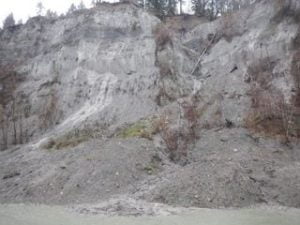
(Above) Stoltz Bluff erosion control projects are ongoing to reduce silt and sediment in the Cowichan River.
Monitoring (more information needed)
In order to monitor and maintain these works, extensive inventories of restored sites – and sites that still require restoration – are being created. All areas that have been restored are assessed annually.
Next Steps
See Kelvin Creek Project above.
Forest Hydrology and Land Use
Let's talk forests! The Cowichan Watershed Board's original mandate was to implement the Cowichan Basin Water Management Plan, but the scope of that plan did not go as far as detailed consideration of the broader headwater forests in the watershed. It did include riparian habitats, as seen in this Target, but not the broad forest ecosystem where the watershed begins. As the Board has evolved, it has become obvious that understanding the link between healthy forests and vibrant watersheds is essential to our success. We will be exploring this in more detail in the years to come. To date, here are a few ways that the Cowichan Watershed Board has expressed its interest in watershed-wide forest health.
- The CWB hosted a forest hydrology workshop in 2016. Read the agenda here. (Reports and slide decks from this workshop will be added here shortly.)
- The CWB submitted input to the Province's Old Growth Strategic Review Panel in 2020. Available here.
- The CWB submitted input to the Province's Private Managed Forest Lands Review Panel in 2019. Available here.
- The Xwulqw'selu (Koksilah) Watershed Planning process, which the CWB participates in as a supporting organization, is committed to whole of watershed planning. Learn more at www.koksilahwater.ca
Knotweed untied
Along the shores of local waterways lurks a plant that is on BC’s top-10 worst invasive list: Japanese knotweed. Setting a strategy to manage this plant invader is one of the goals of the Cowichan Watershed Board’s riparian working group.
Said one riverfront property owner, “There was one stalk of Japanese knotweed sticking out of the ground. I pulled it out and thought, there, it is done.” Then she saw another shoot coming up about three metres away. That’s when she recognized she was waging a battle with an underground enemy – the plant’s extensive root system.
Not only does knotweed grow taller than many native plants, it also gets a head start in the spring, shading and stunting the others such as willow and young cottonwood that offer salmon a cool habitat when the water level rises in the fall. Then the knotweed dies back, exposing previously shaded areas just as salmon swim upriver to spawn. Salmon are seriously affected but so are species such as the screech owl that nests in cottonwood trees.
See presentation by David Polster on this topic here.
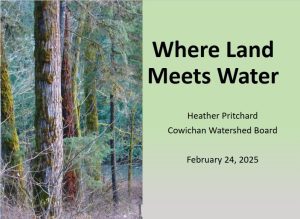
 Email
Email